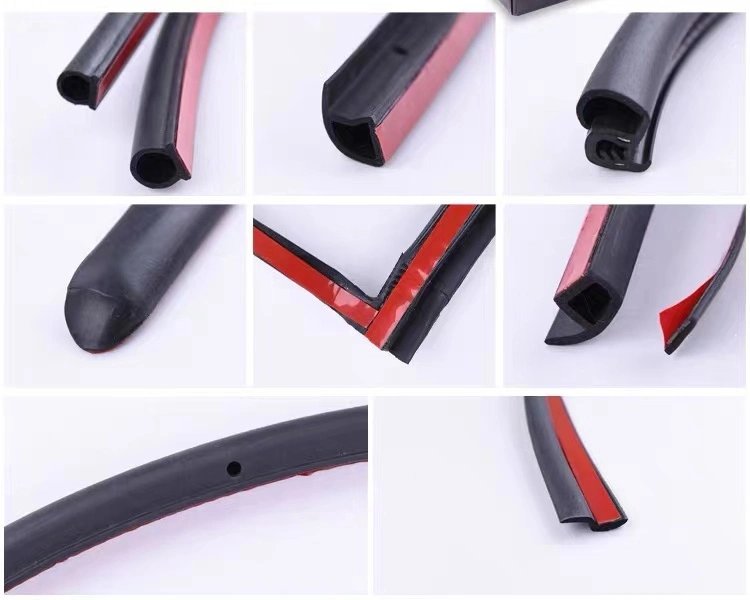Electrode Cutting Machine for Precision Slitting in Battery Manufacturing Applications
The Role of Electrode Slitting Machines in Battery Production
In the realm of battery manufacturing, electrode slitting machines play a pivotal role in ensuring the efficiency and quality of the production process. As the demand for batteries continues to increase, especially in electric vehicles and renewable energy storage, the importance of advanced machinery like electrode slitting machines cannot be overstated.
Electrode slitting machines are specifically designed to cut the electrode sheets used in batteries into precise sizes. These machines operate by feeding large rolls of electrode material—typically composed of lithium, nickel, cobalt, or other materials—into a slitting process that produces narrower strips suitable for assembly into battery cells. The accuracy and precision of these cuts are critical, as even slight deviations can impact the performance and safety of the final battery product.
The operation of electrode slitting machines involves several key components, including unwinders, slitters, and rewinders. The unwinder holds the large rolls of electrode material, while the slitting unit contains sharp blades that slice the material into the desired widths. After the slitting process, the separated strips are wound onto spools for easy handling and transport. This entire process must be carefully calibrated to ensure that the slitting is uniform and that the integrity of the electrode material is maintained.
electrode slitting machine

One of the significant advantages of using electrode slitting machines is their ability to enhance production efficiency. Automated systems can achieve higher throughput rates compared to manual cutting methods, reducing labor costs and minimizing the time required to prepare materials for battery assembly. Furthermore, advanced machines often incorporate quality control features that monitor the slitting process in real-time, ensuring that any defects or variations are immediately flagged for corrective action.
As the battery industry continues to evolve, the technology behind electrode slitting machines is also advancing. Modern machines now come equipped with computer numerical control (CNC) systems that allow for greater flexibility and precision in cutting. These systems enable operators to easily adjust cutting parameters and switch between different electrode widths without the need for extensive downtime. Additionally, innovations in blade technology and materials have led to longer-lasting and more efficient cutting tools, which contribute to reduced operating costs.
Moreover, the push towards sustainability in battery production is driving the development of eco-friendly electrode slitting machines. Manufacturers are increasingly seeking solutions that not only optimize performance but also minimize waste and energy consumption. This transition not only benefits the environment but also aligns with global efforts to reduce the carbon footprint associated with battery production.
In conclusion, electrode slitting machines are an essential component of modern battery manufacturing. Their ability to accurately and efficiently cut electrode materials directly influences the performance and reliability of batteries, which are critical for powering the technologies of tomorrow. As the industry progresses, ongoing advancements in slitting technology will continue to play a vital role in meeting the growing demands for high-quality batteries in various applications. Investing in state-of-the-art electrode slitting machines will undoubtedly yield significant returns for manufacturers striving to maintain a competitive edge in this dynamic market.
Share
-
The Best Lubricants for Aluminum Roller GuidesNewsJul.23,2025
-
Slitting Machine Applications in the Packaging IndustryNewsJul.23,2025
-
Rolling Roller Balancing Techniques for Smooth OperationNewsJul.23,2025
-
How To Optimize An EV Battery Assembly LineNewsJul.23,2025
-
Energy Efficiency in Modern Battery Formation EquipmentNewsJul.23,2025
-
Automation Trends in Pouch Cell Assembly EquipmentNewsJul.23,2025







